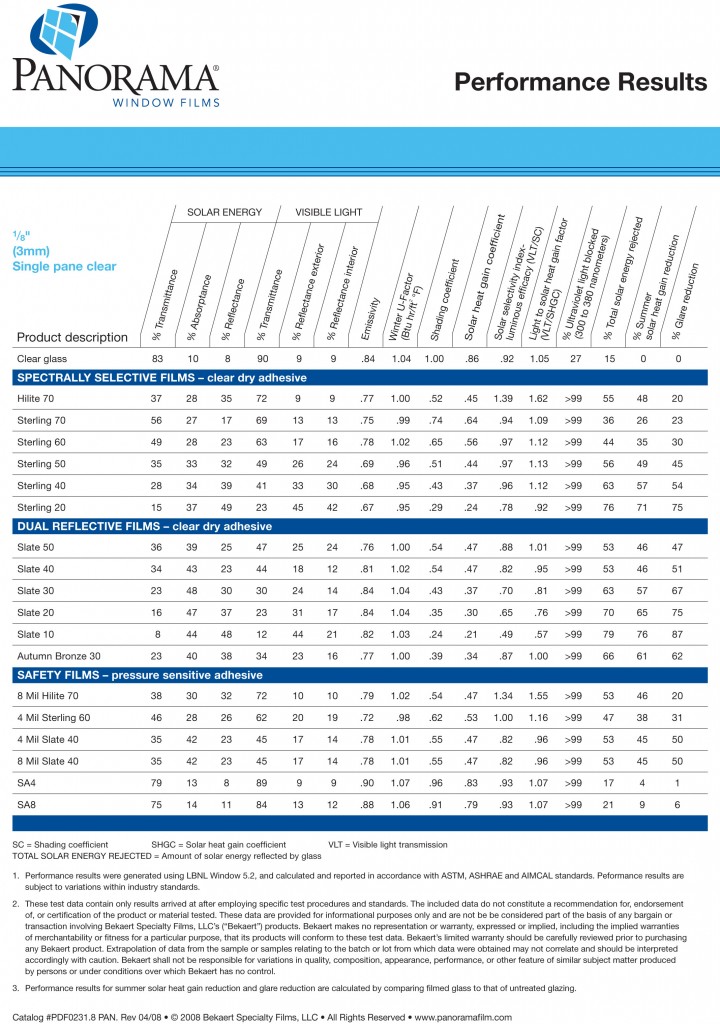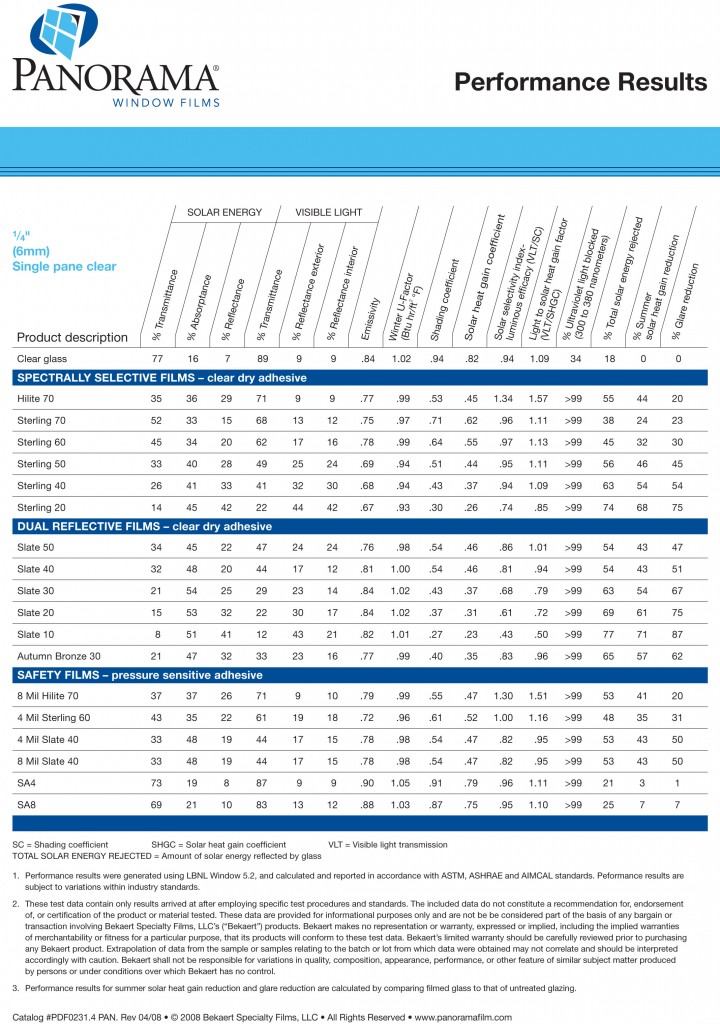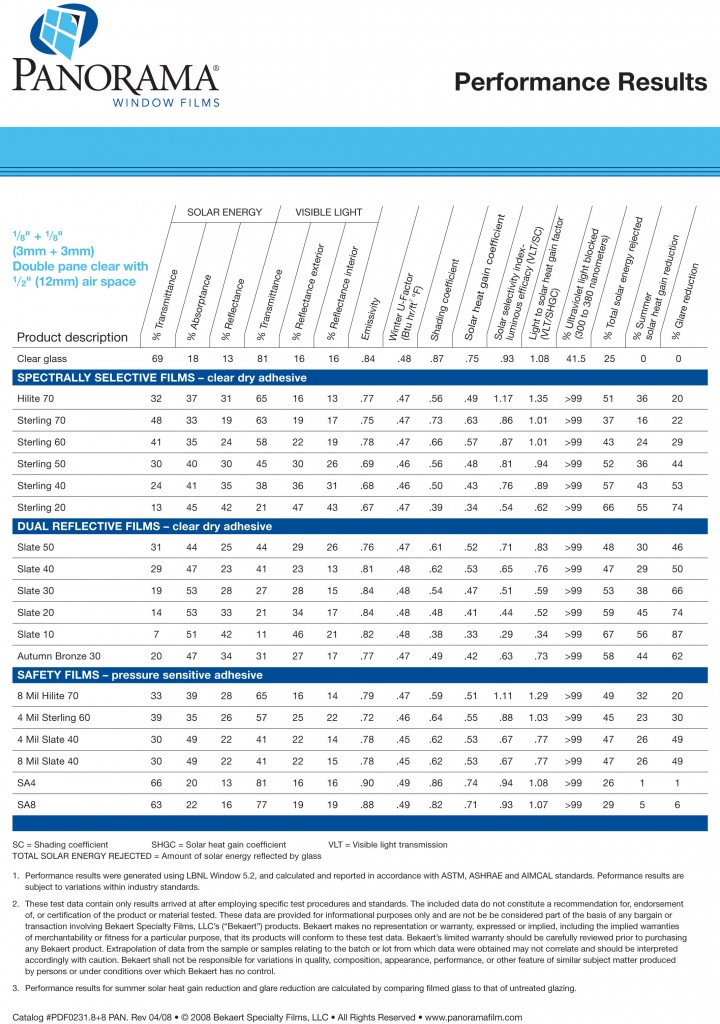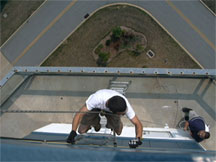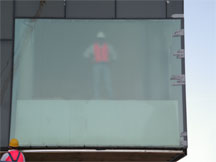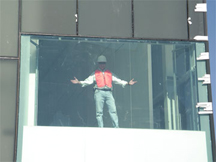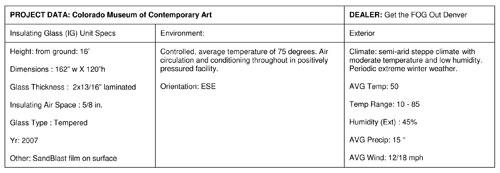What is burnout? In brief, it is a prolonged period with less energy, less enthusiasm and less motivation. You continuously feel exhausted both physically and emotionally. You are inexplicably impatient, moody, frustrated, angry, and frightened; and/or you feel increasingly hopeless, helpless, cynical, and resentful. Procrastination and/or inactivity are common.
What causes burnout in Real Estate Agents? You lose your sense of purpose. You lose your sense of why you chose Real Estate and what you want your Real Estate career to do for you.
You feel that your environment is disorganized, chaotic, and full of pressure with many expectations from a variety of sources and little or no help; so you are on your own. You are not clear on how to succeed or whether you are succeeding. Your job requirements seem to be constantly changing and impossible to achieve. You are criticized, not recognized, and not rewarded for effort. You feel that you have little control over the results of your efforts. You have a stream of disappointments, particularly ones that are out of your control. You have or take little, if any down time.
For many Agents this describes the daily experience of their Real Estate career. They frequently feel and fight burnout.
I am often asked how to deal with it and how to prevent it. It’s the worry not the work. First is important to understand that it is not the work that causes burnout. It is the worry. It is not working seven days a week. It is worrying seven days a week. The following preventative measures reduce worry by giving you the mindset, structure, and energy to deal with burnout and permanently prevent it so that it is a thing of your past.
As you go through these preventative measures be careful. Take them on one at a time. Progress equals happiness. Do the first one for a week or more before you do the second. And so on. Set a low standard. Do just a little bit of each one to start and then keep doing more until it becomes a part of your normal business and life habits.
How do you prevent burnout in a Real Estate career? Personal: Start each day with a positive, relaxing ritual. Before you open your e-mail or make a call, even for a short time, walk, stretch, exercise, or just breathe deeply. Read something that inspires you; put it in your bathroom. Focus on the things you are grateful for. You can do this without leaving home. tart with as little as five minutes.
Evaluate your diet, rest, and health habits. Eat three meals at mealtimes. Cut down on junk food, smoking, caffeine, alcohol, and recreational drugs. Keep yourself hydrated with water. Take walking and breathing breaks frequently during the day; when you do breathe deeply at least five times. Get to bed earlier, if possible.
Business: Clearly identify and write down the answer to these two questions and read them every morning as you begin your work day. Carry them with you and read them frequently until they are second nature to you, part of your psyche.
What do I want my Real Estate Career to do for my life? Why is that important to me? Reduce those answers into the following number. In the next twelve months what is a realistic amount of income or production that would be a clear indication that you are on your way to achieving what you want? It probably will not get you there in one year. Instead, it is a realistic number for the next twelve months that is a clear indication that you are making progress. (Progress equals happiness.) There is always a realistic number that is a clear indication. Your psyche may fight it. Fight back and choose that number.
Know your progress. (Progress equals happiness.) Reduce your twelve month goal to monthly goals, starting this month. Be sure they are realistic. To get past burnout it is far better to exceed than to fall short.
Choose a daily or weekly measure that is an honest indicator of your progress. Measuring initial appointments with new Clients per week is the best measure.
Record and review those measures daily at first, then weekly.
Create a simple set of daily habits that accomplish the basic necessities of your career.
Schedule just 30 minutes each day at the same time, on the same day, and in the same place for each habit. E.g. Mondays at 9 a.m. prospect to make appointments; Tuesdays at 11:30 a.m. Marketing; Wednesdays at 9 a.m. Service Contacts: etc.
Start with a minimum number you can handle. Take time off. If necessary, start gradually. Start with a block of two, three or four hours doing something personal; sleeping, walking, reading, gardening, exercising. It is best if this is not on your computer or on the phone unless you turn off call waiting, texting, or any other feature that will trigger the stress of work.
Find someone to check your voicemail to let you know if there is a priority and extend your time blocks until you are taking whole days off on a weekly basis.
Yes you can. Your burnout is no fun; for you, your Clients, your co-workers, and your loved ones. These strategies can eliminate burnout. You can have a successful business (and life) without burnout by implementing these strategies into your own business.
Rich Levin is a Real Estate coach and teacher whose focus is teaching Agents to understand and control their business. Through that understanding Agents achieve satisfying, successful careers and lives. For more information on Rich’s work; go to www.BestCoachingOnEarth.com. Rich is President of Rich Levin’s Success Corps Inc. Contact him at 585-244-2700 or rich@richlevin.com.

